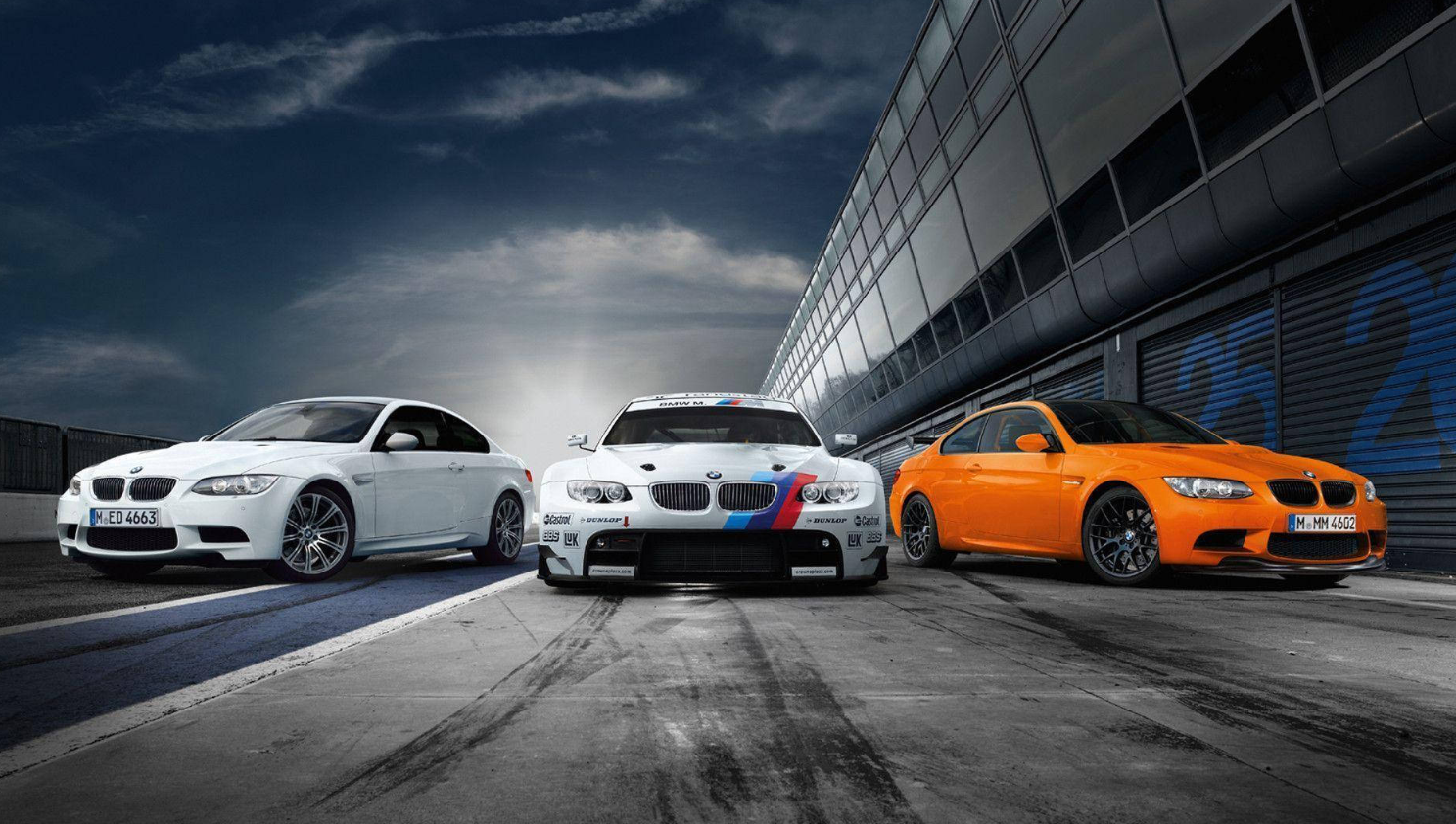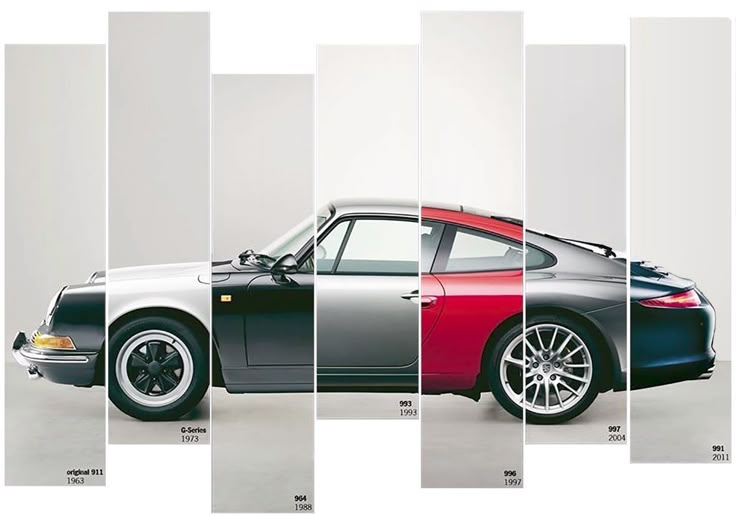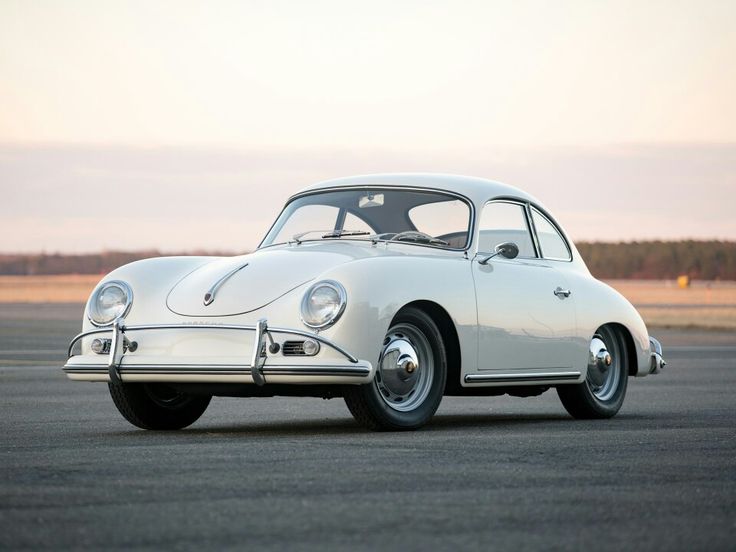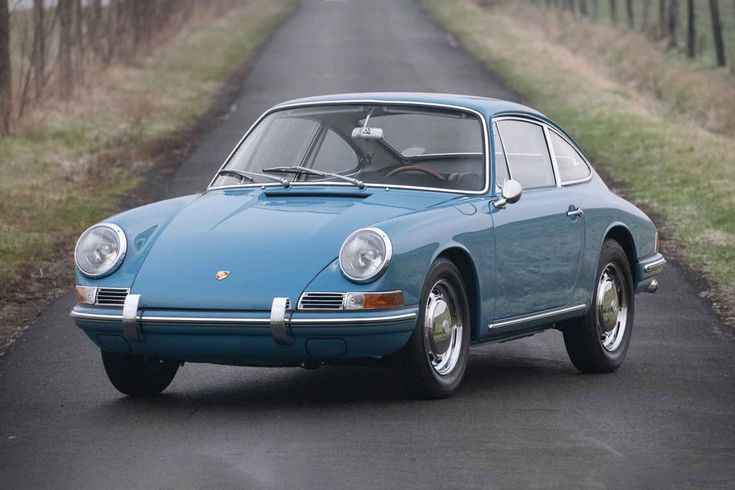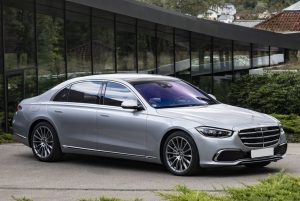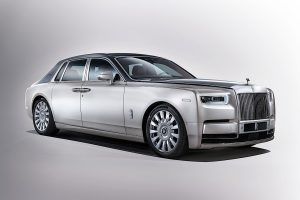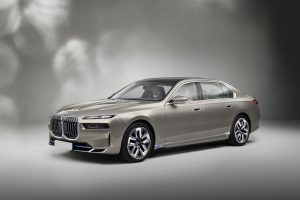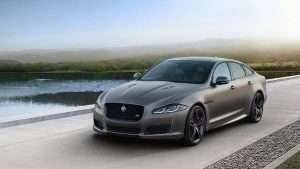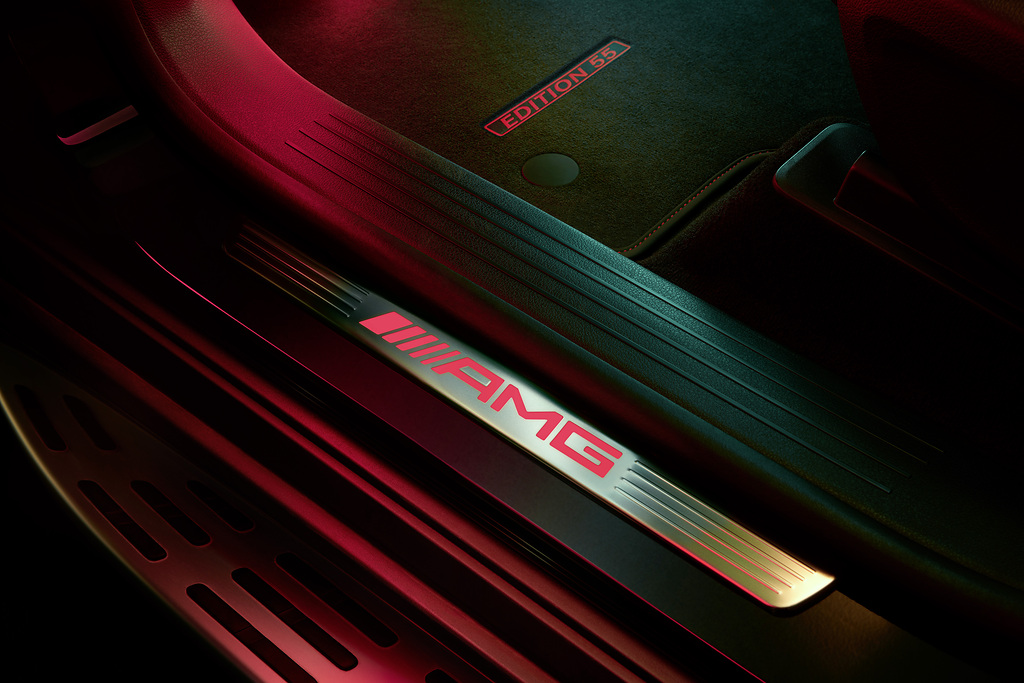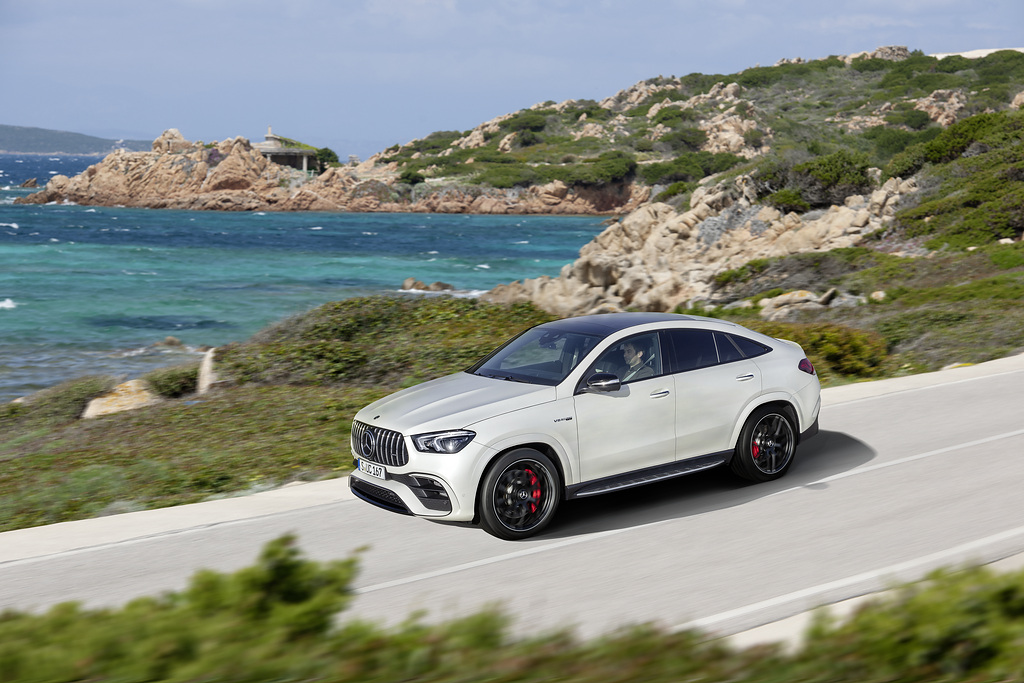There are performance cars, and then there are BMW M cars, machines that pulse with motorsport DNA, engineered not just to move you, but to thrill you. The M Division, short for Motorsport, is BMW’s high-performance workshop, crafting automobiles that are as comfortable devouring apexes on a racetrack as they are gliding through cityscapes in executive elegance.
From the iconic BMW M1 of the late 1970s to today’s surgically precise M4 CS and blisteringly fast XM, every M model carries a legacy built on speed, handling, innovation, and emotion.
But what truly sets the M Division apart is its dual identity: forged by competition and refined for everyday roads. It’s where racetrack tenacity meets grand touring comfort, without compromise.
A History Forged in Motorsport
BMW Motorsport GmbH was founded in 1972, tasked with building race cars that could win. And win they did.
Here’s a timeline of when the BMW M Division arrived and took the motorsport world by storm!
- 1973: The BMW 3.0 CSL, nicknamed the “Batmobile” for its wild aero, dominated the European Touring Car Championship, winning it six times between 1973 and 1979. The car also secured 3 victories in the 24 Hours of Le Mans during its time.
- 1978: The first true “M” car, the BMW M1, debuted with a mid-mounted engine and supercar intentions. This iconic car won the 1979 BMW M1 Procar Championship with the legendary Niki Lauda at the wheel and the 1980 Championship with Nelson Piquet.
- Then comes the BMW E30 M3, widely regarded as one of the best and most beloved touring cars in the world. As for its track success, the car secured a total of five victories in the 24 hours of Nurburgring between 1989 and 1994. It also dominated the DTM (Deutsche Tourenwagen Meisterschaft) series, winning championships in 1987 and 1989.
At the core of its racetrack success were the engineering decisions that have made all the difference for the ‘M’ division!
Engineering Obsession: The M Way
M engineers don’t just tweak existing BMWs, they reimagine them. The differences between a standard 3 Series and an M3 extend far beyond larger brakes or a louder exhaust.
Chassis Dynamics
BMW M cars are tuned for perfect balance, with a near 50:50 weight distribution and rigid body shells for surgical handling. Adaptive M suspension systems allow the car to shift from comfort cruiser to canyon carver at the touch of a button.
Powertrains with Purpose
– Inline-6, V8, or Hybridized Powertrains: M engines are designed in-house with motorsport in mind. They rev higher, sound angrier, and deliver torque across a wider band than their civilian counterparts.
– The current S58 3.0-litre twin-turbo inline-6 powers the M3 and M4, pushing up to 543 hp in Competition guise.
– The flagship BMW XM Label Red features a 738 hp hybrid V8, signalling the future of M performance.
Transmission and Drivetrain
While traditionalists might love the manual transmission options, modern M xDrive systems deliver torque to the wheels with laser precision, balancing drift-happy antics with track-day traction.
Aerodynamics and Design
Every scoop, vent, and diffuser on an M car serves a purpose:
– Wider fenders accommodate fatter tires for better grip.
– Carbon fibre roofs lower the centre of gravity.
– Active spoilers and diffusers reduce lift and increase downforce.
Some Noteworthy ‘M’ Division Models
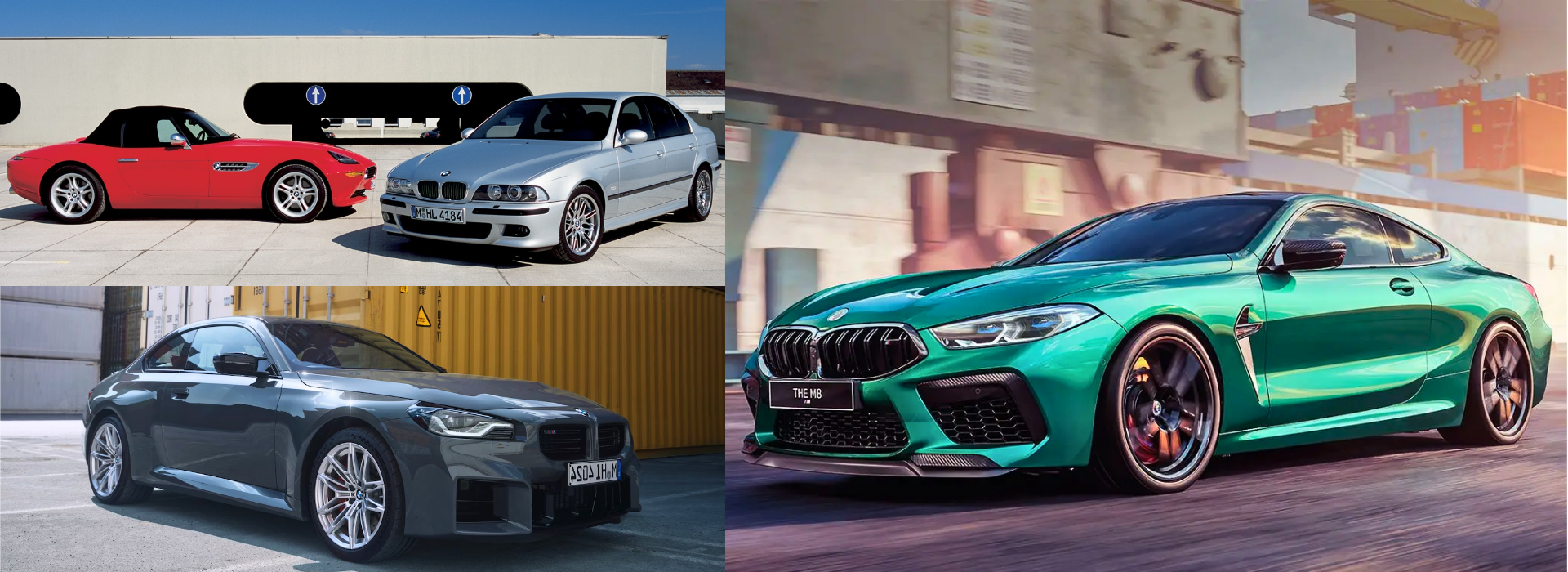
Every era of BMW M has its icons. Each model not only defined its time but also reshaped what enthusiasts expected from performance cars.
BMW E39 M5
– 4.9L naturally aspirated V8 engine.
– Manual-only, subtle design, and known for being devastatingly quick.
– It is widely regarded as the greatest sports sedan ever made.
BMW M2
– The spiritual successor to the 2002 Turbo.
– Compact, RWD, and agile. Many call this 2015 launch an M purist’s dream.
– The new G87 M2 boasts 453 hp and a manual option.
BMW M8 Competition
– Arguably BMW’s most luxurious M car.
– Featuring twin-turbo V8, AWD, and goes from 0 to 100 km/h in under 3.3 seconds!
– It comes in a range of body styles, including Coupe, convertible, and Gran Coupe.
The Road-Track Balance
While manufacturers tend to draw a clear line between track toys and road cars, BMW M blurs it. You can lap the Nürburgring in an M4 CSL and drive it to dinner the same evening without flinching. That’s the power of balance!
What Boosts M Division’s Daily Usability?
– Comfortable cabin with Merino leather and Harman Kardon sound.
– Adaptive cruise control, parking sensors, and head-up display are all standard across models.
– Ample cargo space even in high-performance Touring models.
Tech Meets Tarmac
BMW’s iDrive 8.5 system keeps you connected, while M Drive Modes lets you configure throttle response, suspension stiffness, and traction levels for any situation, from rain-soaked streets to sunlit straights.
Electrified M: The Future Arrives
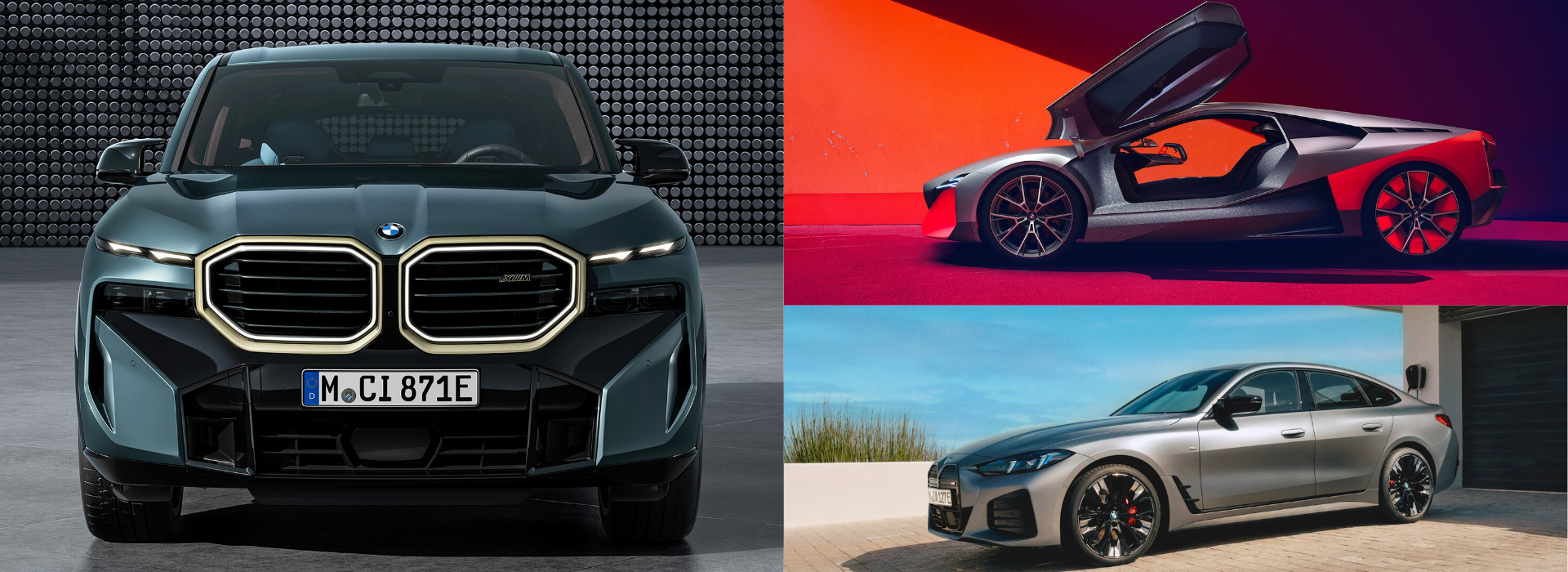
BMW has embraced the electric revolution as a brand and so has its M Division. But nothing has been compromised thanks to the brand’s dedication to innovation.
– BMW i4 M50: The first electric M Performance car. With 536 hp, it’s quicker than the E92 M3.
– BMW XM: A plug-in hybrid SUV with V8 power and electric assist. Luxurious, polarizing, and ferociously quick.
– Future M Cars: Expect lighter batteries, electric torque vectoring, and synthetic sounds developed in collaboration with Hans Zimmer.
The core promise? Electrified M cars must still feel like an M, even if they whisper instead of the signature roar.
Design That Speaks in Tension and Power
BMW M cars aren’t just fast, they look fast. Hence, their design language is another aspect where the road and track meet.
– Aggressive Grilles and Air intake to maximize airflow and cooling.
– Signature M Quad Exhausts that are instantly recognizable.
– A range of M-specific colours is available, right from the iconic Yas Marina Blue to Isle of Man Green.
Inside, you’re cocooned in driver-centric design, M seats, red engine start buttons, and shift lights on the steering wheel. Every detail reminds you that this is no ordinary BMW, but an ‘M’ division machine.
Explore the Pre-Owned BMW Cars
Why Enthusiasts Still Choose M?
In a world of track-focused Lamborghinis and Nürburgring-slaying Porsches, why does the M badge still command such reverence?
Because it’s not just about outright numbers, though M cars have plenty, it’s about emotional engineering. The way an M3 corners is like it’s reading your thoughts. The grin that comes from a perfect heel-toe downshift. The balance of usable performance and everyday comfort.
BMW M offers:
- Engagement: Manual transmissions, RWD thrills
- Practicality: Real rear seats, usable trunks, daily drivability
- Legacy: Decades of motorsport wins and road-going masterpieces
BMW M Division Models Available in India
In India, a diverse range of BMW M Models is available, featuring powerful SUVs, stylish sedans, and more. These feature everything from 2L engines to 4.4L V8 engines.
Some of the models available on our shores include
BMW M2 (New)
A pure performance coupe, the new BMW M2 combines compact dimensions with explosive power from its 3.0L straight-six engine. It’s rear-wheel drive and offers a manual transmission option, making it a dream for driving purists.
BMW M340i xDrive
This M Performance sedan delivers a perfect balance between daily usability and track-ready power, thanks to its 3.0L inline-6 engine with mild hybrid tech and xDrive all-wheel drive for added grip and control.
BMW M8 Competition Coupe
The ultimate luxury sports coupe, the M8 Competition features a 4.4L twin-turbo V8 engine delivering staggering power and acceleration. It combines opulence with jaw-dropping performance and road presence.
BMW i7 M70 xDrive
BMW’s most powerful electric vehicle, the i7 M70 xDrive, blends luxury and innovation. With dual electric motors producing over 650 hp, it offers silent yet blistering performance in a full-size luxury sedan package.
BMW XM
The first standalone M model since the M1, the BMW XM is a plug-in hybrid SUV with a 4.4L V8 engine paired with electric motors. It’s bold, luxurious, and built for those who want to make a statement, with M-level performance.
BMW i5 M60 xDrive
A sporty electric sedan, the i5 M60 xDrive brings M Performance dynamics to the all-electric 5 Series. It delivers an impressive blend of agility, innovation, and emission-free driving with sporty flair.
BMW M4 Competition Coupe with M xDrive
A high-performance coupe that’s both sharp and sophisticated, the M4 Competition Coupe with M xDrive features a 3.0L twin-turbo inline-6 and AWD for maximum traction, precision, and everyday usability.
BMW M4 CS (New)
The newly launched M4 CS is a track-focused version of the M4 with added lightweight components, aggressive tuning, and more power. It’s designed for serious enthusiasts who crave high-speed thrills.
BMW M5 (All-New)
The all-new BMW M5 is more powerful and tech-loaded than ever before, rumoured to feature a hybrid powertrain with massive performance. It continues the legacy of combining executive luxury with sports car-like capabilities.
So, if you want thrill in every long drive and performance and drive in every acceleration, it’s hard to think of any cars other than the BMW M Models.
Final Thoughts: The Soul of M
BMW’s M Division isn’t just a badge, it’s a belief system. A belief that every drive, whether on winding mountain passes, racetracks, or city boulevards, must ignite something deeper within us.
In the M world, speed is just the beginning. The real story begins with feel, balance, and emotion.
And in that story, one truth stands tall:
M is not just for Motorsport. It’s as unbeatable on the road as well!

